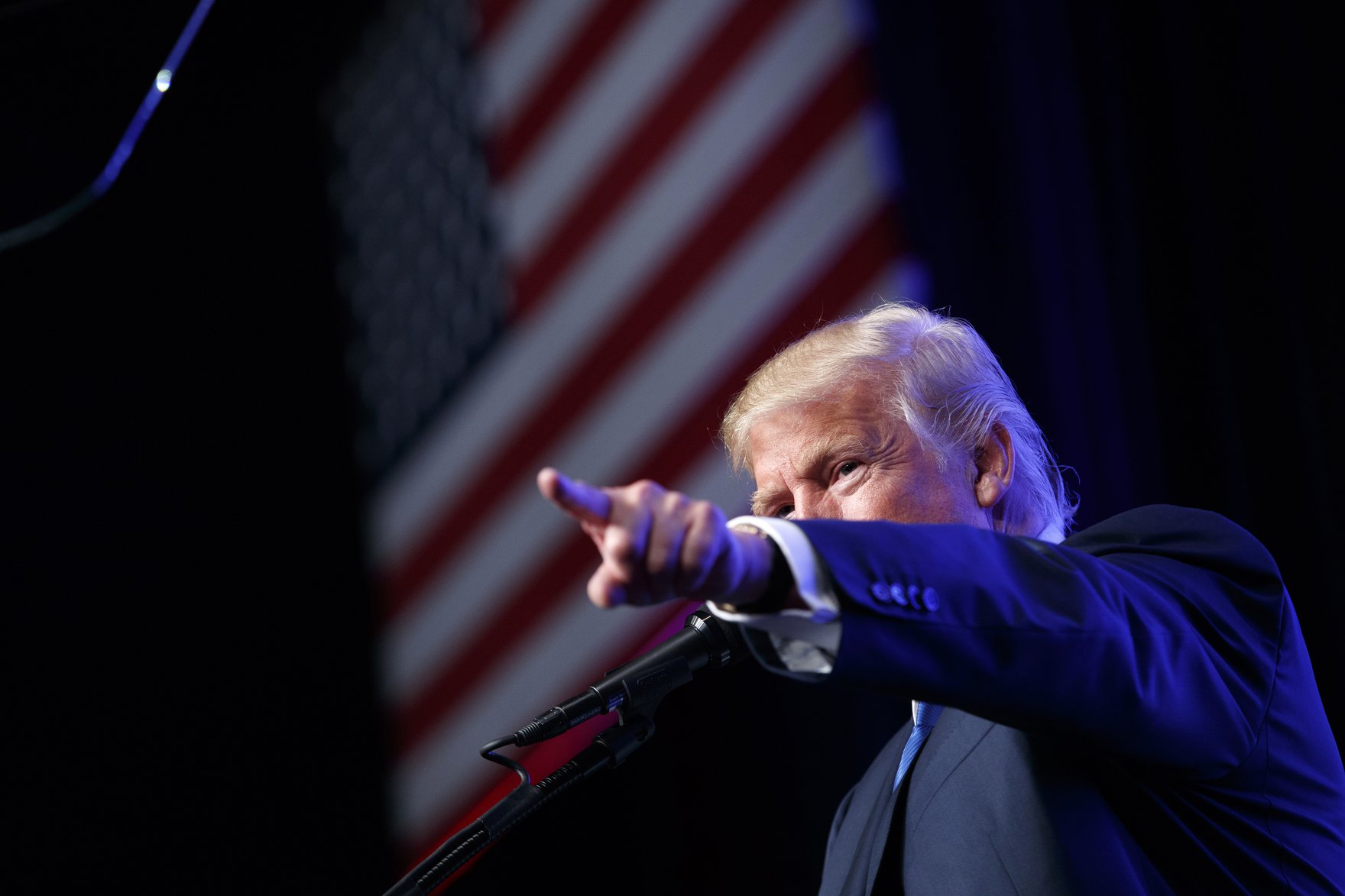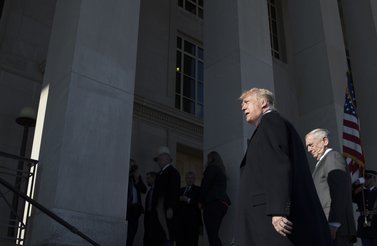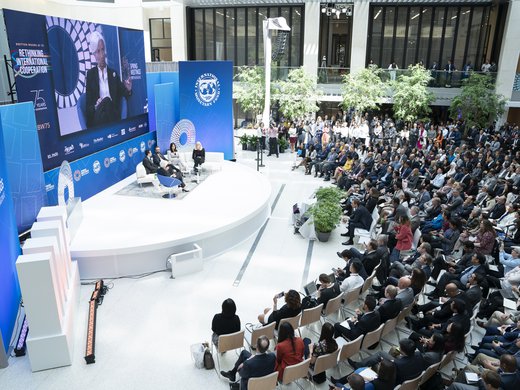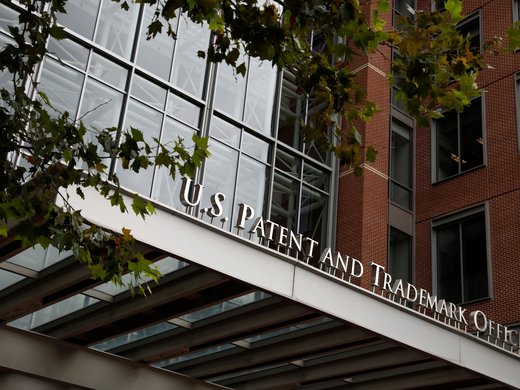Both before and after his election as US president, Donald Trump has repeatedly made the claim that other countries (principally developing countries, in particular, China) are “eating America’s lunch” and “playing America for a sucker” as they pursue (as he characterizes it) grossly unfair and one-sided trade agreements. Trump’s crude statements reflect his administration’s zero-sum trade policies, which could negatively impact economies in developing countries and the United States alike.
In 1955, the rapidly growing membership of the General Agreement on Tariffs and Trade (GATT) agreed to special dispensations for developing countries’ imports that promoted infant industries, reduced reliance on traditional forms of agriculture and addressed balance-of-payments problems. Ten years later, the GATT rules were further amended to reflect the recognition that export-driven growth was an important ingredient in the economic development of many developing countries; developed countries were exhorted to provide non-reciprocal tariff concessions to developing countries with respect to products of actual or potential export interest to them. Pursuant to these latter amendments, many developed countries (including the United States) adopted the Generalized System of Preferences, pursuant to which many such preferences were unilaterally and non-reciprocally granted to exports from developing countries. These special dispensations to developing countries on both the import side and the export side are often compendiously referred to as special and differential treatment for developing countries.
In many respects, these dispensations largely replicated the strategic utilization of trade policies by many developed countries early in their economic development, where high-tariff policies were adopted by these countries (including the United States) to promote their manufacturing sectors and reduce dependence on their agricultural and natural resource sectors. While the efficacy of strategic trade policies has been much debated by economists in recent decades, there is little room for debate that many developing countries (China most notably, but not exclusively) have successfully integrated themselves into international trade and investment networks. Developing country merchandise exports have risen from $608 billion in 1980 to almost $7.9 trillion in 2017 (all figures in US dollars), and over this period developing countries’ share of world merchandise exports rose from about 29 percent to 44 percent. In 2017, foreign direct investment flows to developing countries reached $670 billion, up from $7.4 billion in 1980, while official development assistance flows (foreign aid) accounted for only about $147 billion (with another $40 billion from non-governmental organizations). Thus, export earnings are by far the most important source of external revenues for developing countries, followed by foreign direct investment. International trade is of critical importance to many developing countries. Having taken the advice of developed countries to nurture new industries and to pursue export-led growth as a key driver of economic development, they now risk being punished for it.
However, the view that growth of developing country exports has come at the expense of developed countries’ economic welfare — the zero-sum fallacy of international trade — is belied by the following figures which focus on GDP per capita in purchasing power parity (PPP) terms for the United States, Mexico, China and India:
GDP per capita at PPP in international dollars (World Bank data, 2017)
United States: 59,927.90
Mexico: 18,655.90
China: 16,842.40
India: 7,166.20
China and Mexico, in particular, have attracted much of the Trump administration’s zero-sum ire, while India, another large and fast-growing developing country, has recently been removed by the United States from its Generalized System of Preferences schedule, on account of its alleged failure to open up the Indian economy to US exports. As World Bank data illustrates, Mexico, China and India’s GDP per capita is a small fraction of the GDP per capita in the United States. Since 1990, the differentials have been growing, not diminishing. And while the United States is currently reporting strong growth rates and the lowest unemployment rates in decades — trends that were already emerging before Trump was elected — these successes are put at serious risk by import tariffs (the cost of which is carried by US consumers) and retaliatory tariffs placed on US exports (the cost of which is carried by US manufacturers).
Many developing countries (by no means only China) heeded the advice of development economists and international financial institutions and increasingly opened up their economies to foreign imports and foreign investment while assigning an increasingly central role to export-led growth. Increased integration into the international economy has unambiguously been good for both developing and developed countries and most of their citizens, reflecting the ideal of the postwar economic model: all who play by the rules benefit — exactly the converse of zero-sum theories of international trade and investment.
This is not to claim that everybody — in both developing and developed countries — has been a winner. In developed countries, workers in many manufacturing sectors have experienced significant job displacement through disruption from both trade and technology, implying a need for much stronger active labour market policies and social safety nets. Moreover, the case for multilateral cooperation on effective measures to address climate change and other environmental externalities — exacerbated by these growth trends — has never been more urgent. However, these concerns are not central to zero-sum theories of international trade and investment, which focus on “bringing jobs home” by imposing steep tariffs on imports from developing countries and by seeking to induce foreign investors to repatriate their investments from lower-wage developing countries and relocate them in their “home” jurisdictions.
Such policies, if aggressively implemented and sustained over long periods of time, will dramatically reduce economic welfare in both developing and developed countries. This is not to dismiss concerns that some economic policies of developing countries (again, most notably China) may induce unfair forms of comparative advantage and artificially distort international trade patterns, but it must equally be recognized that economic policies maintained by many developed countries are susceptible to the same concerns.
By way of conclusion, there is absolutely no evidence to support prevailing zero-sum theories of international trade and investment, nor is there any evidence to support a massive rejection and reconceptualization of the international architecture that has evolved over the postwar period to structure international trade and investment. Rather, a scalpel — as opposed to a blunderbuss — is called for to refine existing rules to deal with genuine concerns over artificially induced distortions of international trade and investment flows (principally focused on intellectual property and subsidy rules). This agenda is manageable, and it falls far short of upending the international norms of economic cooperation that have helped lift hundreds of millions of people in developing countries out of poverty in the past three decades.




